There’s no better way to raise the exposure of a well-designed car than to present it in its best possible light with beautiful photography. Our data show that listings with appealing, professional photography are generating 50 per cent more views and inquiries. They’re also featured in our magazine, newsletter and across our social media channels more often.
Location, location, location
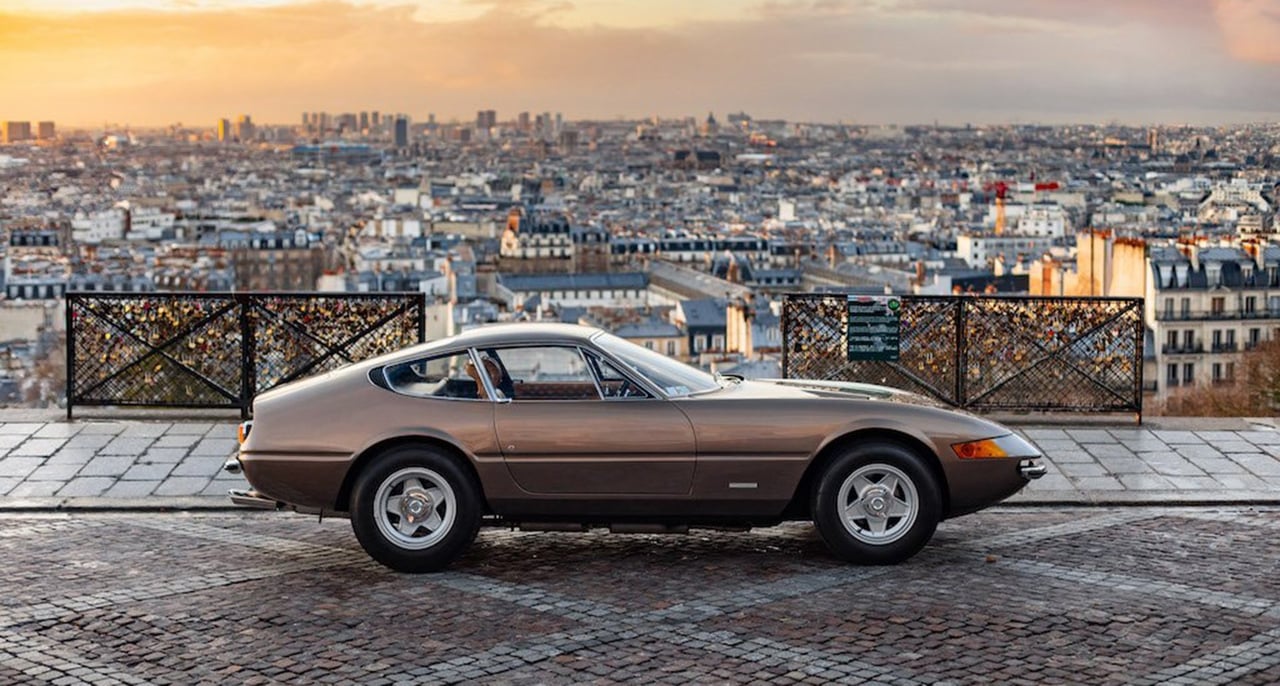
Setting the scene is of paramount importance. Showing a Lamborghini Miura or a Porsche 911 in a showroom or a driveway is a good way to show people you’re in the possession of the car, but if you your potential customers to dream about what they could do with the car, you should showcase it on a beautiful road or in front of an architectural masterpiece instead. Pick a place that fits the style, character and colour of the car. Choose a calm location with enough space to move the car around. Try to avoid places with other cars and people in the background. Use a shot list and try to cover all static photography in one location, in order to create a unitary gallery.
Lights and colours
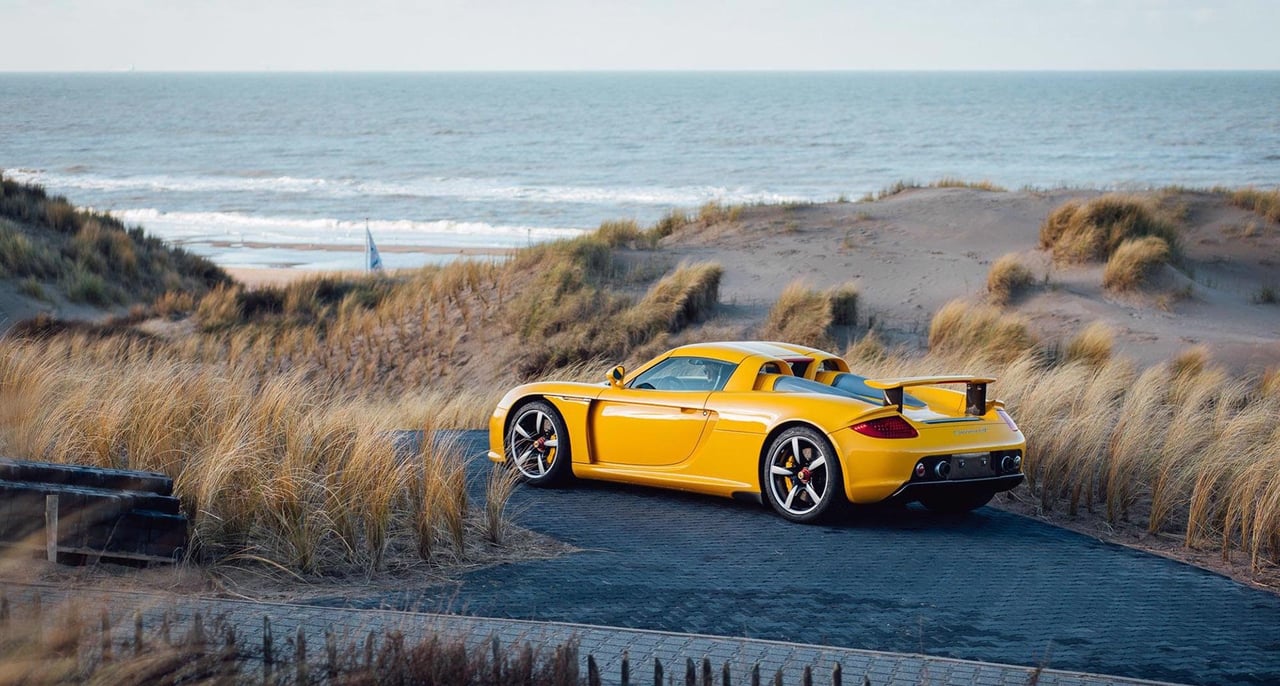
While your smartphone is very good at taking photos, you can’t beat a proper digital camera with a high-quality lens when it comes to highlighting lights and colours. To make your images stand out from the rest, they should be as vibrant and colourful as possible, without appearing artificial. Good photographers have their own editing styles, which helps them to get even more out of each image and stand out against the millions of pale, blurry and underexposed photos that are uploaded to social media channels every day.
Cover the full set
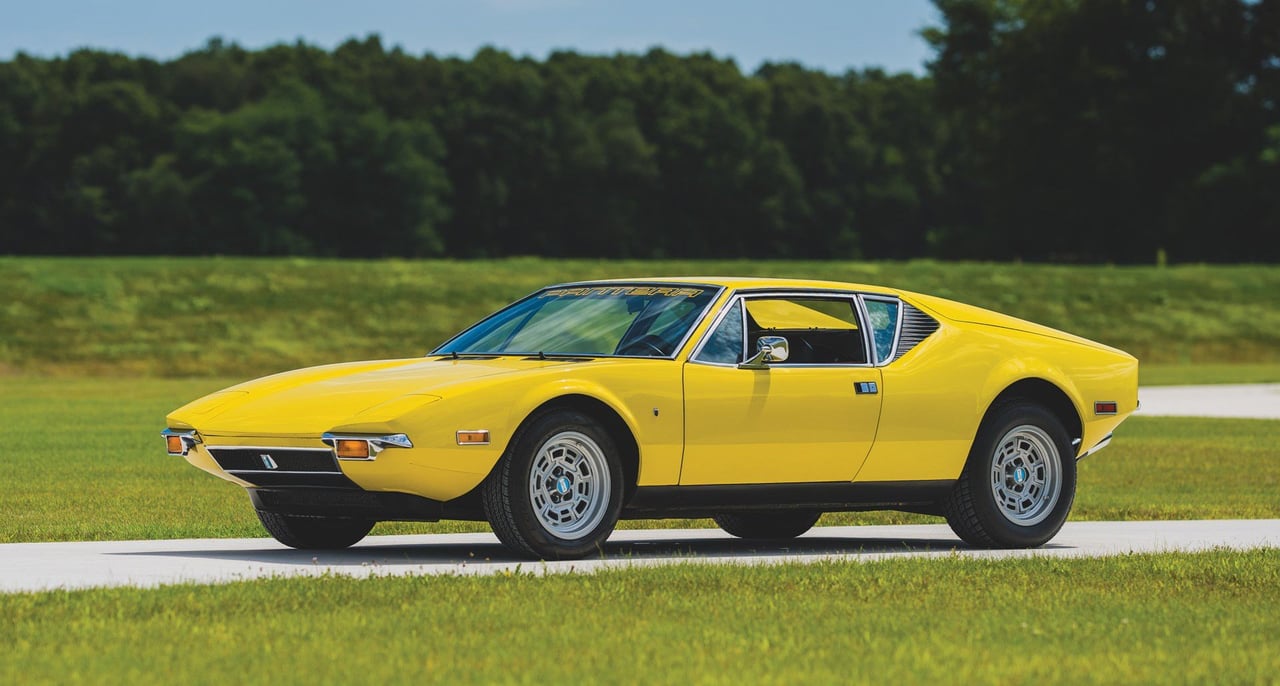
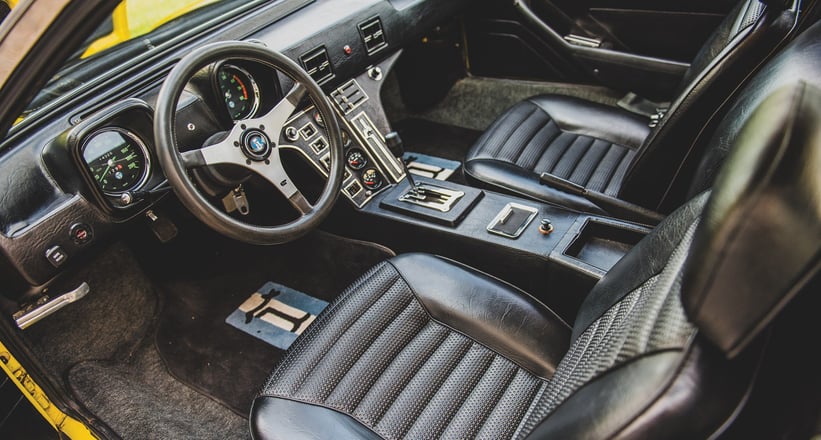
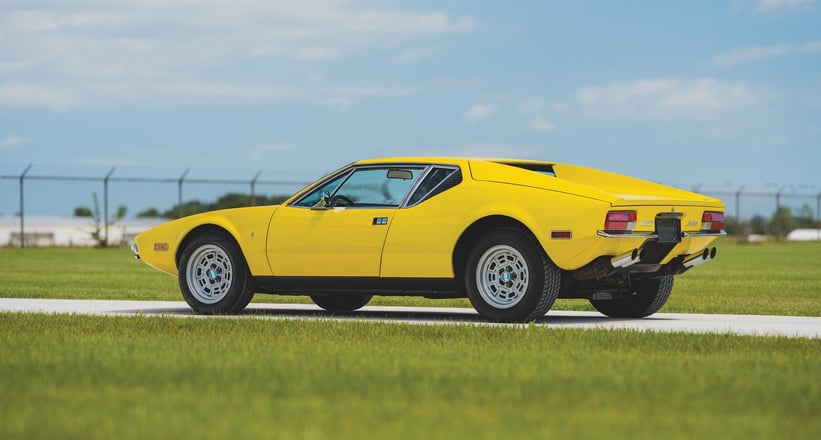
Take enough photos for a seller to be able to understand every aspect of the car. For the exterior, photograph the car from the front, the side, the rear and the rear three-quarters, plus some closeups of key details such as the badges and door handles, and more atmospheric shots that show it in the context of the landscape. For the interior, take images from the driver’s side, making it look as though the car is inviting you to jump in. And don’t forget the engine, chassis numbers and any accompanying books and documentation.
Get it moving
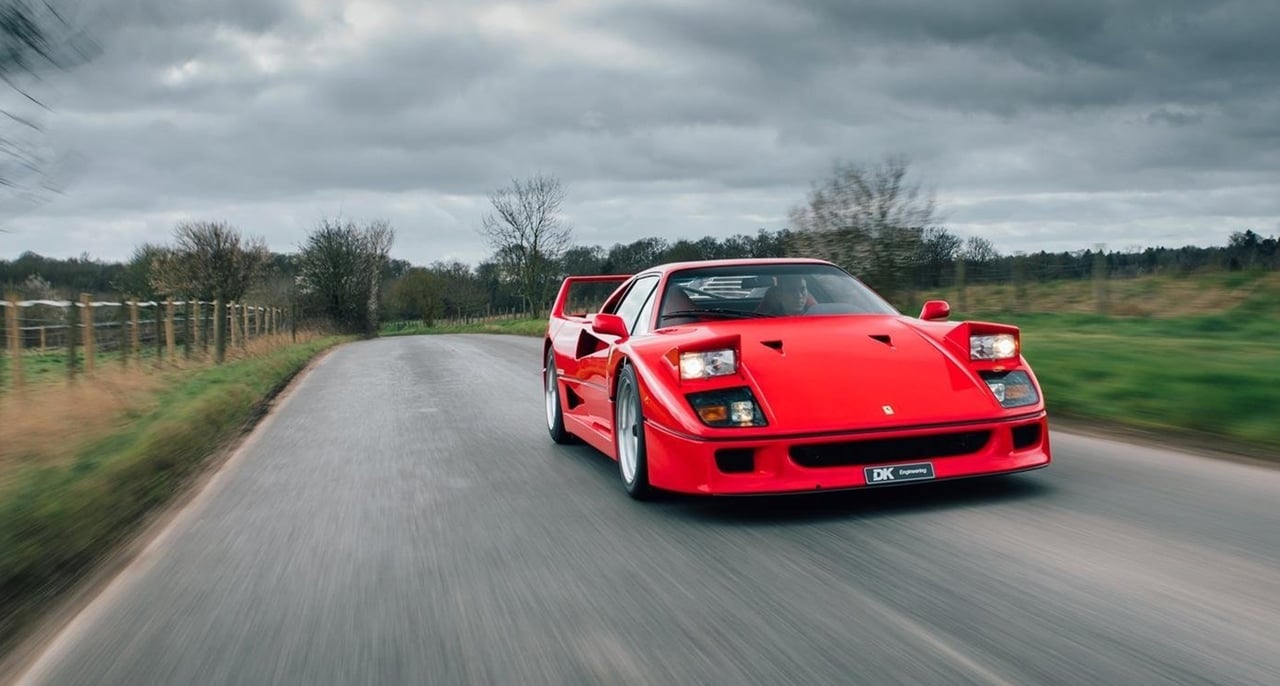
A static car can look beautiful, but if you want to evoke the thrill of driving, you need to start the engine and photograph it on the move. But remember, taking dynamic shots from another moving car is something that should be done on closed or private roads, and with experienced professionals behind both the camera and the steering wheels.
Chose the right format
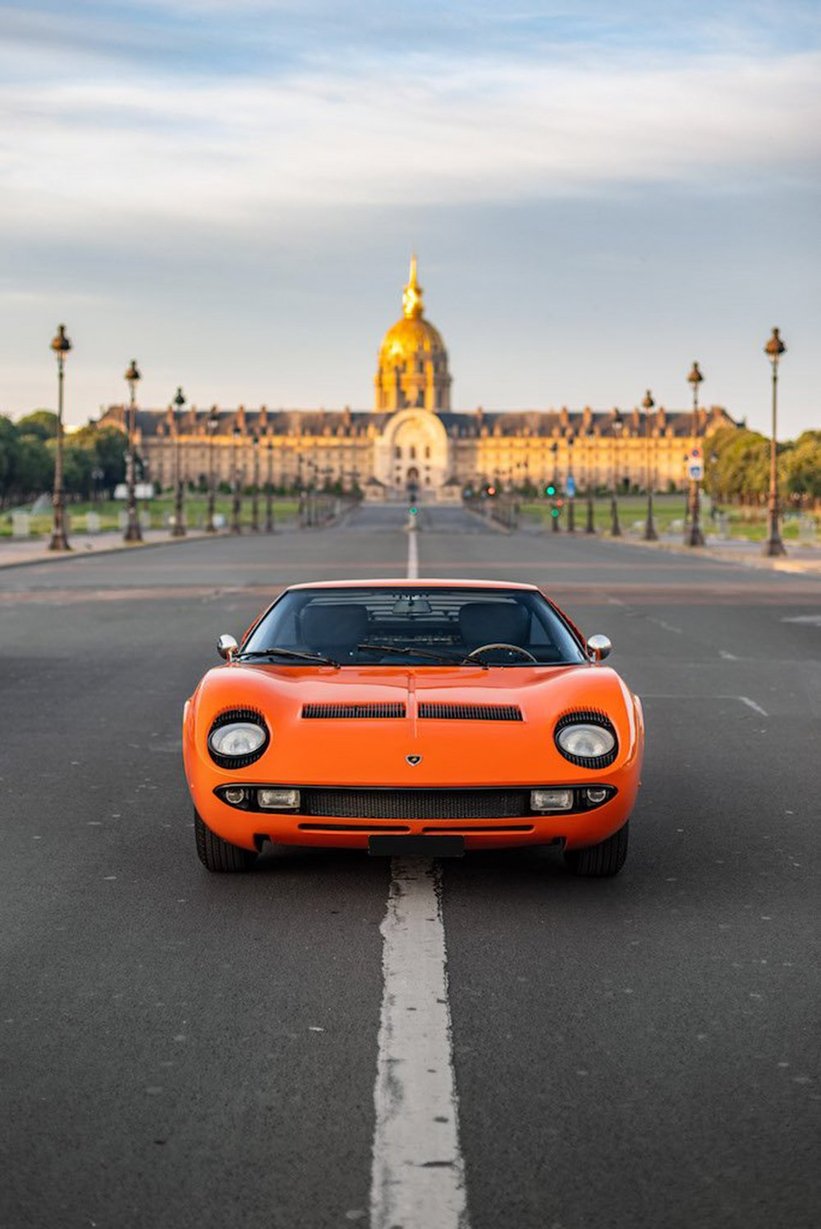
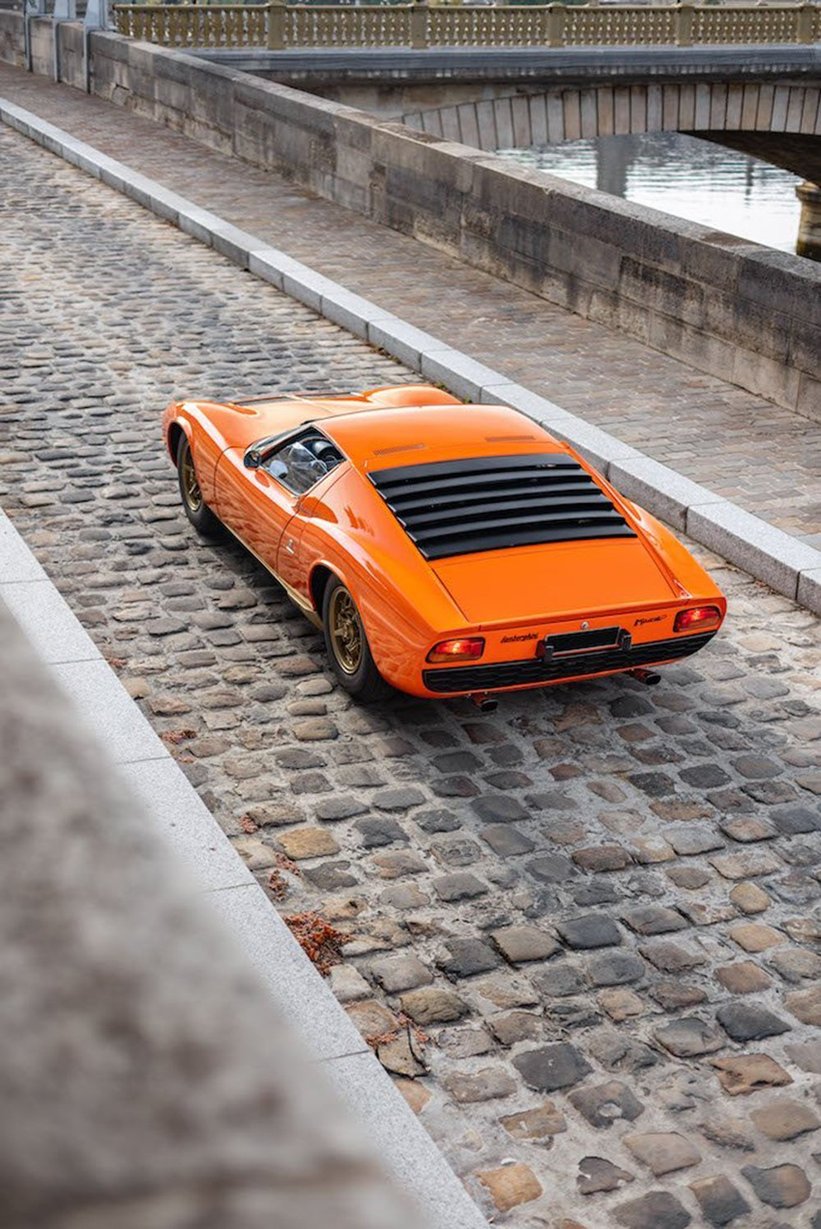
The traditional format for automotive photography is landscape, with a 4:3 or 16:9 ratio. But the success of Instagram and the fact that more than 50 per cent of our users browse Classic Driver with their phones means portrait-format photos have become equally important. Try to create a good mix of both formats, so our editors working with your photos can pick the perfect image for the job at hand.
Let a professional do the work
If you don’t want to spend the time it takes to get a professional standard, a qualified automotive photographer is an investment that will very likely pay off. Some of our most successful partners use well-known photographers with a distinctive editorial style in order to make their images more appealing. Alternatively, there are countless young and talented photographers in most major cities, which you can easily find on Instagram. We’re also happy to recommend someone to you or set up a professional photo production – just send us an email to [email protected] and we’ll get back to you.



















